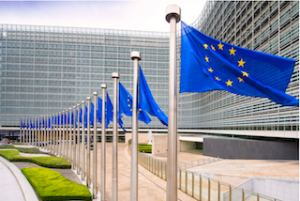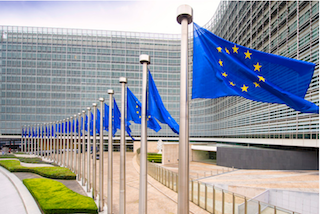The European Parliament and Council negotiators have agreed on updated guidelines for the trans-European transport network (TEN-T) to boost the implementation of major projects by 2030.
 The guidelines agreed are the EU’s plan to build a network of railways, roads, inland waterways and short sea shipping routes connected through ports and terminals across the European Union. Current TEN-T projects range from Rail Baltica, connecting Helsinki and Warsaw, to the Brenner Base Tunnel, linking Austria and Italy, or the Lisbon–Madrid high-speed rail line.
The guidelines agreed are the EU’s plan to build a network of railways, roads, inland waterways and short sea shipping routes connected through ports and terminals across the European Union. Current TEN-T projects range from Rail Baltica, connecting Helsinki and Warsaw, to the Brenner Base Tunnel, linking Austria and Italy, or the Lisbon–Madrid high-speed rail line.
Deadlines
The agreement restates the EU’s commitment to complete major transport infrastructure projects on the core TEN-T network by the end of 2030 and on a comprehensive network by the end of 2050, focussed on eliminating bottlenecks and missing transport links. To accelerate project roll-outs, negotiators agreed an intermediary deadline of 2040.
Intermodal transport
MEPs secured more focus on intermodal transport undertaken primarily by rail, inland waterways or short-sea shipping. This will be reinforced by electrified railways in the core TEN-T network, running at speeds of 160 km/h for passenger rail and 100 km/h for freight, and crossing internal EU borders in less than 25 minutes on average by the end of 2030. In addition, EU railways will have to migrate to the European standard nominal track gauge (1435 mm) and by the end of 2040 switch to a single traffic management system.
Military mobility
To ensure the seamless transfer of military troops and equipment, MEPs convinced EU governments to take into account military needs (weight or size of military transport) when constructing or upgrading infrastructure that overlaps with military transport network. Within one year after the entry into force of these new rules, the Commission will have to conduct a study on short-notice large-scale movements across the EU, to facilitate military mobility planning.
Partnership with third countries
The agreed text also cuts transport infrastructure projects with Russia and Belarus and instead reinforces transport links with Ukraine and Moldova. To mitigate the security risk coming from non-EU businesses participation in major TEN-T projects, member states shall inform the European Commission of measures adopted to mitigate such risk, the deal says.
EP rapporteur Dominque Riquet (Renew, FR) stressed: “This agreement is a big step forward on our objectives. With new trans-European transport network rules, we are creating the conditions for a shift towards more ecological transport modes, while stimulating the mobility of Europeans and the competitiveness of our economy.”
Next steps
Following the completion of work at technical level, Parliament and Council need to formally approve the agreement before it can come into force.























